Minneapolis Federal Reserve President Neel Kashkari expressed concern over the consequences of insufficient tightening in a WSJ interview, saying, “Under-tightening will not get us back to 2% in a reasonable time.” He favored a stance that leans toward an aggressive policy rather than a cautious one.
In a subsequent conversation with Fox News, Kashkari drew attention to the economy’s endurance despite Fed’s recent rounds of rate increases. “The economy has proved to be really resilient even though we’ve raised interest rates a lot over the past couple of years. That’s good news,” he said. This resilience suggests that the economy might be better positioned to handle further rate hikes, should they be deemed necessary.
However, Kashkari was clear that the Fed’s job is far from over, as inflation remains a critical challenge. “We need to let the data keep coming to us to see if we really have got the inflation genie back in the bottle so to speak,” he conveyed, emphasizing the need for ongoing vigilance. He added, “We haven’t completely solved the inflation problem. We still have more work ahead of us to get it done.”
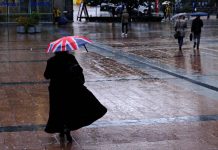



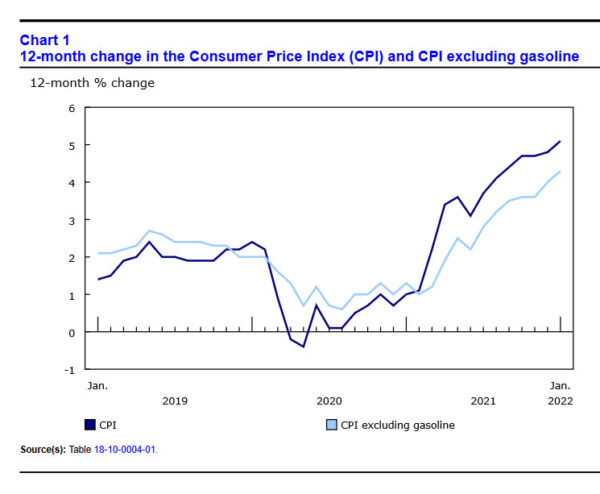
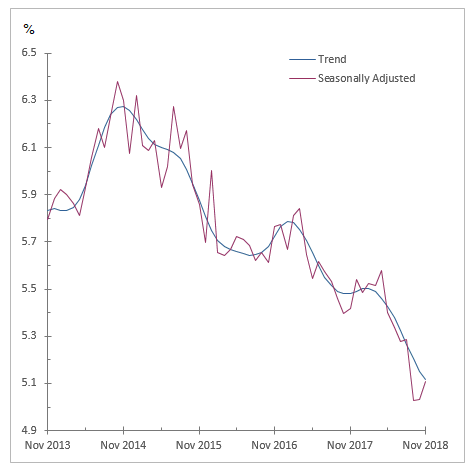
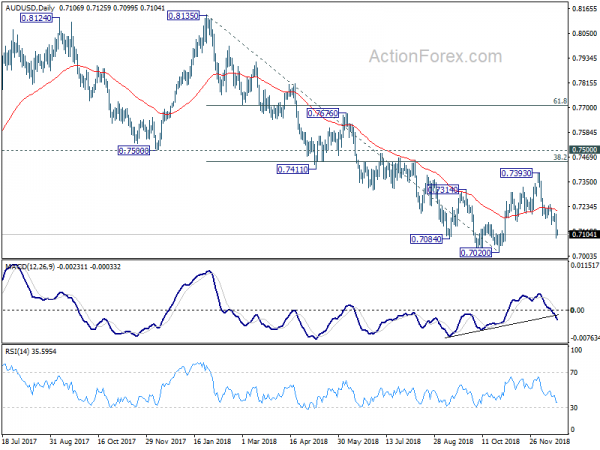
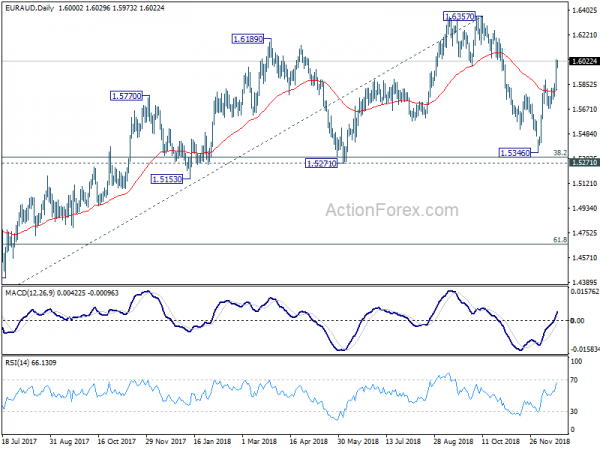
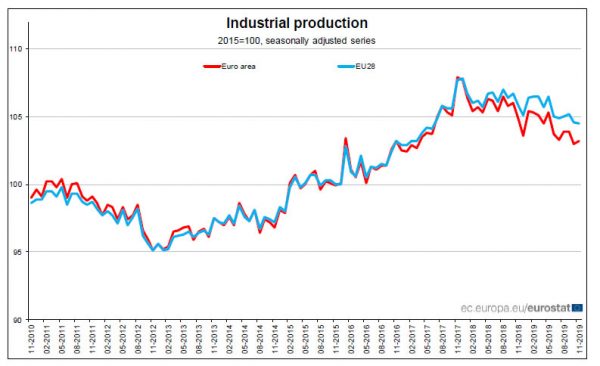
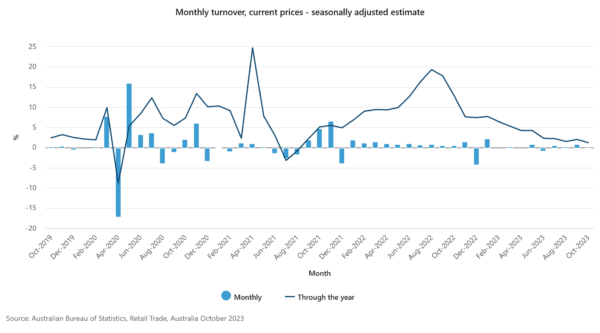
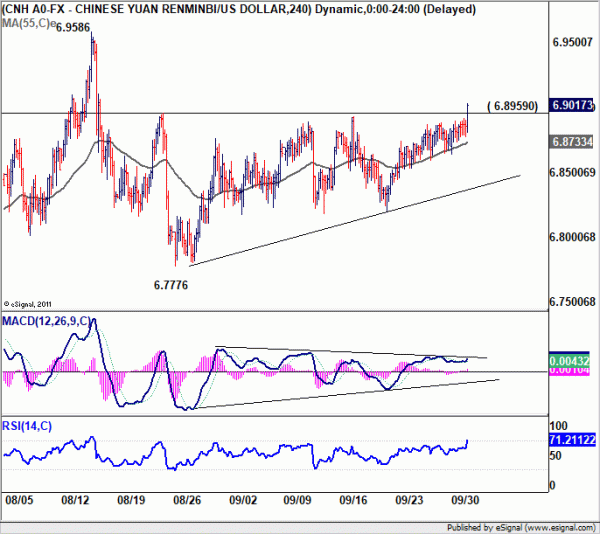
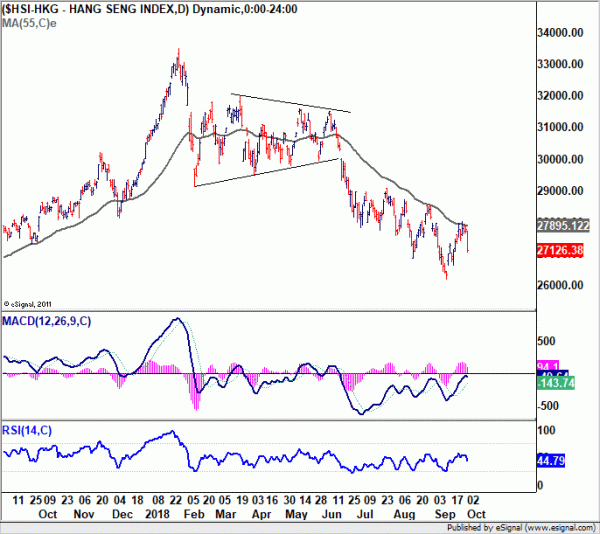

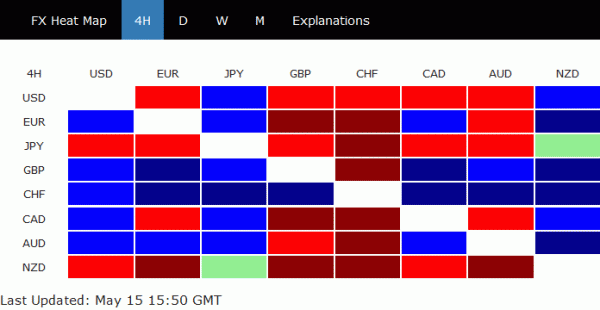
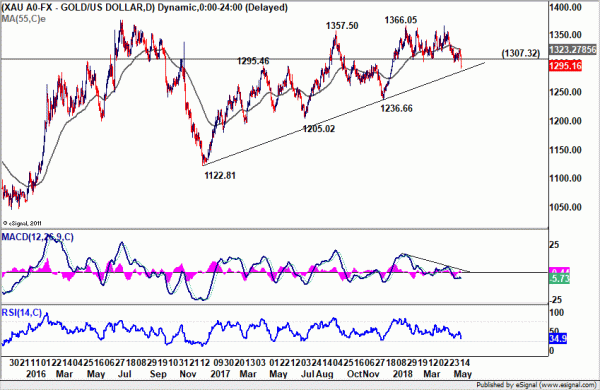
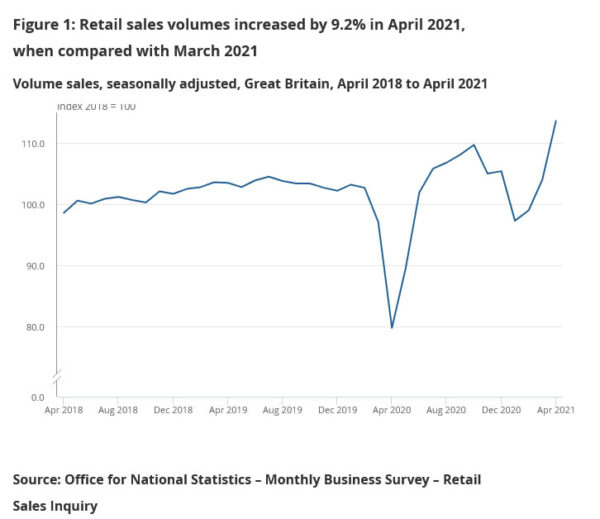
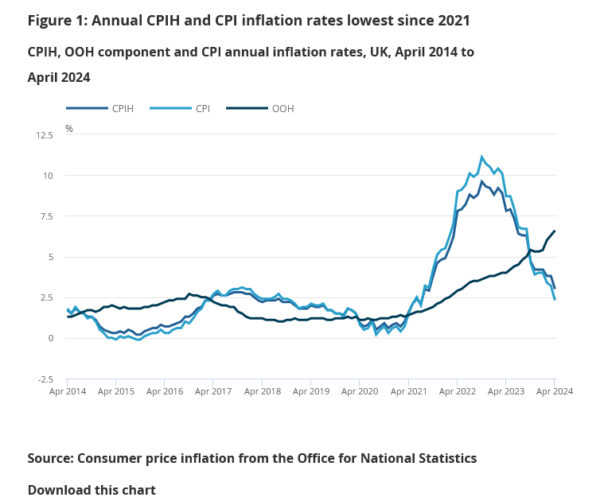
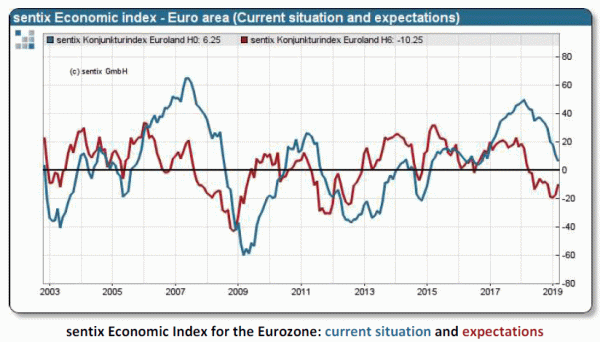

Eurozone goods exports fall -6.3% yoy in Jun, goods imports down -8.6% yoy
Eurozone goods exports fell -6.3% yoy to EUR 236.7B in June. Goods imports fall -8.6% yoy to EUR 214.3B. Trade balance showed a EUR 22.3B surplus. Intra-Eurozone trade fell -8.5% yoy to EUR 214.5B.
In seasonally adjusted term, goods exports fell -0.2% mom to EUR 236.2B. Goods imports fell -2.4% mom to EUR 218.7B. Trade surplus widened from EUR 12.4B in the prior month to EUR 17.5B, larger than expectation of EUR 14.5B. Intra-Eurozone trade rose 0.4% mom to EUR 210.7B.
Full Eurozone trade balance release here.